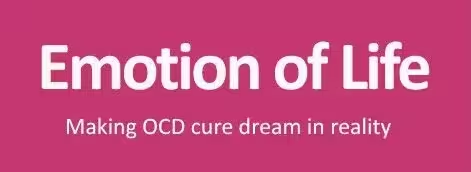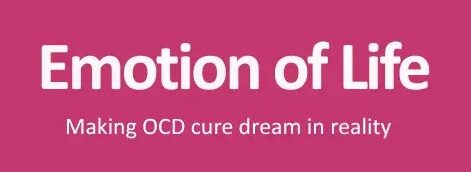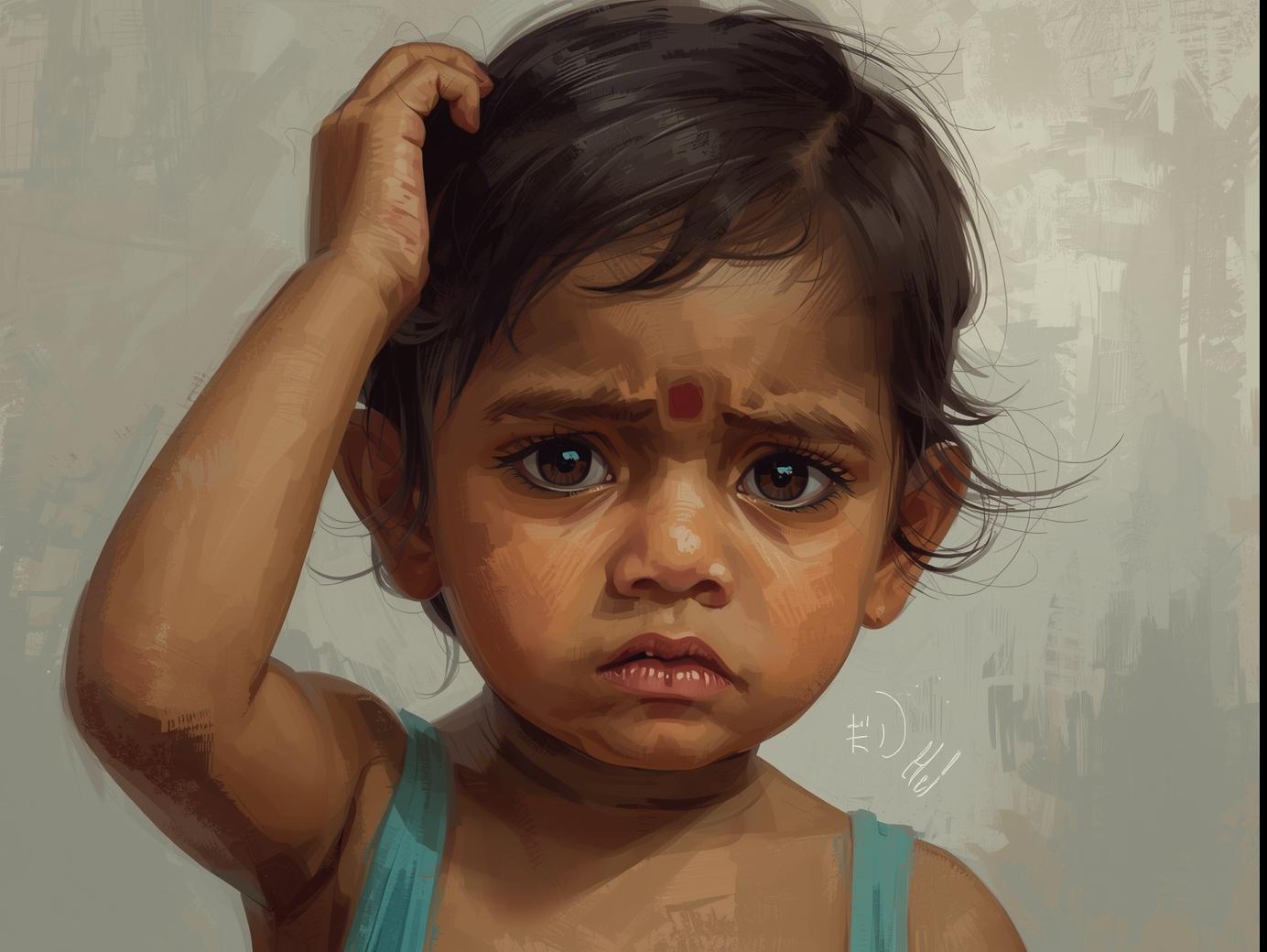Hair Pulling OCD in Children: Symptoms, Types, Causes, Treatment and Recovery
Hair pulling OCD in children is a complex, often misunderstood condition within the obsessive compulsive spectrum. It involves strong urges to pull hair from the scalp, eyebrows, or eyelashes and is driven by obsessive thoughts and compulsive actions that cause distress and secrecy.
Overview
Hair pulling OCD in children is influenced by both obsessive thoughts and compulsive actions. Obsessive aspects may include intrusive worries about hair appearance, discomfort that seems to demand pulling for relief, or mental visuals suggesting that pulling will help. Compulsive behaviors appear as repetitive pulling that may occur automatically during reading or watching TV, or as strong urges that are difficult to resist. The cycle involves a buildup of tension, pulling for brief relief, and then feelings of guilt or shame.
Symptoms of Hair Pulling OCD in Children
Parents often notice bald spots, missing eyelashes, or frequent hand movements toward hair. Children may wear hats or avoid mirrors to hide the behavior, which increases secrecy and shame. What looks like a minor grooming issue is a deeply rooted condition with psychological, physiological, and environmental factors.
Physical Symptoms
- Thinning hair or bald patches
- Skin irritation or infections at pulling sites
- Occasional eating of pulled hair that can cause digestive issues
- Muscle tension, restlessness, or tingling sensations before pulling
- Brief physical relief after pulling
Psychological Symptoms
- Shame, guilt, and helplessness after episodes
- Anxiety and depression linked to secrecy and fear of judgment
- Low self esteem, teasing, or social withdrawal due to visible patches
- Pulling used as a way to cope with inner turmoil rather than vanity
Types of Hair Pulling OCD in Children
Children may show focused pulling with conscious awareness of urges or automatic pulling that happens during distraction such as homework, television, or while falling asleep. Many experience a combination of both. Rituals can form around selecting specific hairs, examining roots, or collecting pulled hair. These patterns show that hair pulling is a set of compulsions tied to sensations and emotional states.
Causes of Hair Pulling OCD in Children
Psychological Factors
- Perfectionism and high sensitivity to discomfort
- Difficulty managing emotions and stress
- Pulling as a coping response to anxiety or overthinking
Social Factors
- Family conflict, peer pressure, or bullying
- Transitions such as school changes, exams, or parental separation
Environmental Factors
- Chaotic home environments or lack of healthy coping models
- High expectations without adequate emotional support
These elements show that hair pulling OCD is not a choice. It results from a complex interaction of vulnerabilities and stressors.
Treatment of Hair Pulling OCD in Children
Treatment is compassionate, systematic, and diverse, with Cognitive Behavioral Therapy at the core.
Cognitive Behavioral Therapy (CBT)
CBT identifies thoughts and triggers related to pulling. Children learn that urges are temporary and manageable. Therapy reframes intrusive thoughts and builds healthier beliefs about control and self worth. Self monitoring tools help spot urges and high risk situations so behavior becomes less automatic.
Exposure and Response Prevention (ERP)
ERP gradually introduces triggers such as mirrors or exposed hair while resisting pulling. This weakens the link between urges and compulsions. ERP can be child friendly to reduce fear and build success.
Acceptance and Commitment Therapy (ACT)
ACT helps children accept uncomfortable urges without acting on them. Mindfulness skills allow them to observe experiences and direct energy toward meaningful activities such as friendships, creativity, and learning. ACT builds psychological flexibility and resilience.
Wellness Coaching
Wellness coaching emphasizes life principles and balance. It builds routines for sleep, exercise, and nutrition to reduce stress and strengthen the mind body connection. It also encourages hobbies that provide comfort and focus. Parents receive strategies to create a supportive home.
Courses on Personality Dynamics
Many children are sensitive, vigilant, or perfectionistic. By understanding these traits, children can channel them into strengths such as persistence, creativity, and empathy instead of strict self control. This fosters self awareness and resilience against shame.
Learning Healthy Coping Strategies
Therapy teaches grounding, creative outlets, relaxation techniques, and practical tools such as fidget items. Over time these skills become automatic and reduce reliance on pulling.
Improving Emotional and Mental Health
Recovery grows in an atmosphere that replaces secrecy and shame with compassion and open dialogue. Family sessions help parents respond with empathy and reinforce strategies at home so children gain confidence and stability.
Success Story
Ms. Riya, an 11 year old from Gwalior in 6th grade, struggled with hair pulling OCD for one year with bald patches and missing eyelashes. After limited benefit from medicines, she began therapy at Emotion of Life with CBT to track triggers and challenge beliefs, ERP to resist urges with coping tools, and ACT to practice mindfulness and focus on values such as creativity and friendship. Wellness coaching improved sleep, exercise, and hobbies such as painting. Personality dynamics work reframed sensitivity and perfectionism as strengths. A coping kit supported daily success and family sessions guided parents to encourage rather than scold. Over six months her hair regrew and her confidence returned. Two years after completing the program she remains free from distressing urges and lives with confidence and kindness.
Frequently Asked Questions
How can I tell if my child has hair pulling OCD and not just a habit?
Is hair pulling OCD harmful to my child’s health?
Can stress make hair pulling OCD in children worse?
How is hair pulling OCD in children treated?
How can parents support a child with hair pulling OCD?
16 Step OCD Recovery and Cure Program
- Initial interaction by call or WhatsApp to understand the child’s scenario and readiness for recovery.
- First consultation to map OCD patterns, subtype, complexity, and severity.
- Comprehensive psychological assessment of OCD spectrum, emotional and mental health, personality dynamics, quality of life, functional analysis, and underlying drivers with qualitative and quantitative checks.
- Client problem statement followed by a family feedback session to gather additional inputs.
- Structured work plan with clear goals and timeline.
- Therapy Foundation Course over six days.
- Customized CBT and ERP one to one sessions Monday to Friday for four to six months.
- Weekly family sessions on Saturdays during treatment.
- Ongoing weekly and monthly progress reviews with adjustments as needed.
- Midterm evaluation in the third month to compare progress with initial projections.
- Personality dynamics work in the fourth month with focus on emotional and mental health.
- Relapse management that builds resilience against initial obsessional patterns.
- End term evaluation to confirm recovery milestones and overall outcomes.
- Final declaration of OCD recovery with three layer validation by therapist, family, and assessment.
- Post recovery follow ups weekly for six months to sustain progress and prevent relapse.
- Declaration of cured status after six months of follow up and stable recovery with 360 degree validation.
Conclusion and Next Steps
Hair pulling OCD in children is serious yet treatable. Early identification and a thorough, compassionate plan that includes CBT, ERP, ACT, wellness coaching, personality insights, coping skills, and family involvement can break the cycle. With patience and support, children can manage impulses, rebuild self esteem, and grow into resilient individuals.


